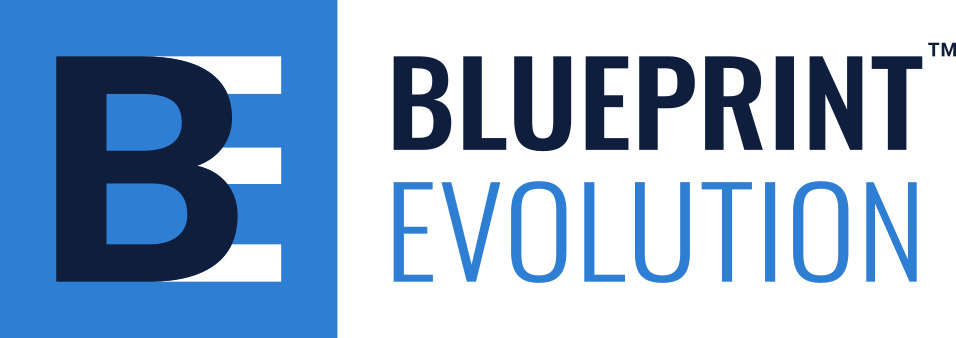Change management involves preparing, supporting, and guiding employees to adopt new processes, tools, or initiatives. Strategic planning is integral to managing change effectively. It provides a structured approach to transitions while anticipating challenges, allocating resources efficiently, and minimizing resistance and disruption.
Anticipating Resistance
Strategic planning helps identify where resistance to change might pop up. For example, if a manufacturing company introduces automation to its production line, employees might worry about job security and how their daily routines will change.
A strong plan might involve cross-training employees for new roles, easing automation over time, and keeping communication open so everyone can share their concerns and feel heard. This approach helps smooth the transition and shows employees they’re supported throughout the process.
In addition, strategic planning incorporates proactive communication strategies to mitigate resistance. For example, a financial institution introducing a new customer relationship management (CRM) system might hold informational sessions to explain the benefits and address employee concerns. By creating transparency and collaboration, organizations can build trust and reduce pushback.
Engaging Stakeholders
Strategic planning ensures that all stakeholders are involved in the change process. By establishing strong communication strategies, organizations can keep employees informed and engaged. For example, a school district implementing a new grading system can use town hall meetings and feedback sessions to gain buy-in from teachers, parents, and students.
Engaging stakeholders also involves assigning change champions who advocate for the initiative and address concerns within their teams. These champions are crucial in bridging the gap between leadership and employees, creating a sense of ownership and commitment to the change process.
Monitoring Progress
A strategic plan sets benchmarks for monitoring change initiatives. For example, a financial institution implementing a hybrid work model may assess success using employee surveys and productivity metrics. Based on these insights, adjustments can be made to facilitate smooth transitions.
Organizations can continuously refine their approach by using strategic planning to create feedback loops. For example, a manufacturing company implementing lean practices might hold weekly review meetings to assess progress and identify bottlenecks.
This iterative process ensures that the change initiative remains on track and delivers measurable results.
Strategic planning provides the structured framework, communication channels, and assessment tools essential for effective change management. It fosters innovation while ensuring employees feel supported and engaged. Strategic planning helps organizations avoid missing critical steps and ensures that feedback and data are intentionally used to guide decisions and improve practices—not just to check a box.
Sustainability of Change
Sustainable change is achieved when the new processes or tools become part of the organizational culture.
Strategic planning supports this by embedding change initiatives into long-term strategies, ensuring they are maintained and enhanced over time.
It is essential to constantly review, adjust, and adapt to achieve sustainable change based on evolving needs, feedback, and external factors. This ongoing process allows the organization to remain agile, continuously improving and ensuring that change is deeply integrated and aligned with long-term goals.
For organizations looking to enhance their strategic planning efforts, consultants offer invaluable expertise and support, transforming ideas into actionable strategies. Whether launching a new initiative, entering a new market, or addressing internal inefficiencies, strategic planning is the roadmap that turns vision into reality. Start planning strategically today to achieve more tremendous success tomorrow. To learn more about our strategic planning resources and solutions, click here.







